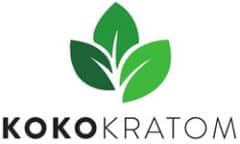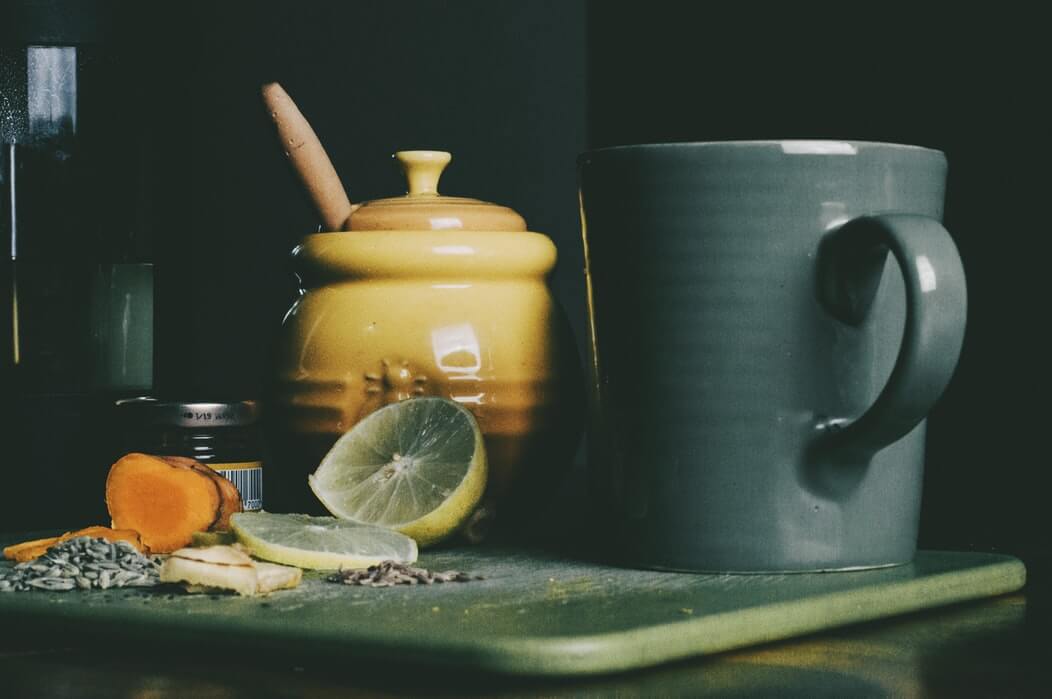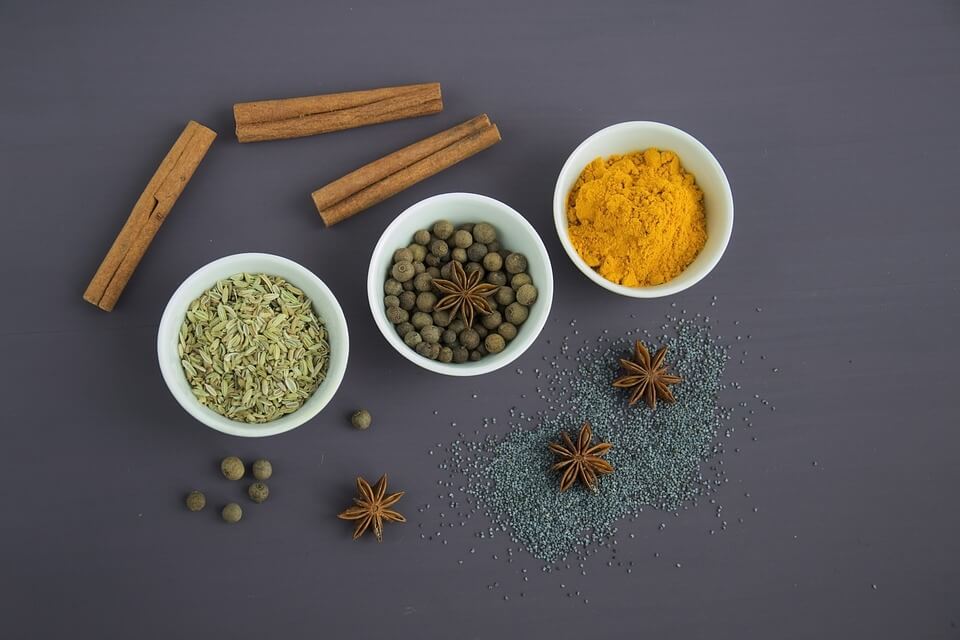No products in the cart
A Closer Look at Ancient Holistic Herbs
‘Ethnopharmacology’ is the study of traditional medicine ‘ spanning remedies used from Ancient Egypt to the streets of modern Thailand. Among the holistic herbs that we use today, very few are actually new. In fact, most have been used as healing plants for thousands of years! Join us as we discover five herbs from around the world that have been used to promote health since ancient times.
Turmeric (India)
A culinary spice used in Ayurvedic medicine, turmeric has at least 4000 years of use as a healing plant. A compendium of holistic herbs dating back to 250 BCE recommends a turmeric-containing ointment as a remedy for eating poisoned food. The root has also been used effectively as an all-purpose remedy for digestive problems, inflammatory conditions, viruses and infections of all kinds, and as a blood purification agent. Today, turmeric is receiving a lot of attention in the scientific community for its antioxidant, anti-inflammatory, antimicrobial, antimutagenic, and anticancer activity.
Aloe Vera (Egypt)
In 1874, a papyrus was discovered in the Valley of the Tombs near Luxor in Egypt which was dated from 1500BCE and came to be known as the Ebers Papyrus. This document lists 876 holistic herbs, including garlic, castor bean, mandrake, and aloe. According to histories of the aloe vera plant, the gel was used by the Egyptian queens Nefertiti and Cleopatra as part of their regular skincare routines and continues to be a popular ingredient in skincare products today.
Fennel (Southern Europe)
Native to Europe and naturalized in Australia and North America, fennel seed (Foeniculum vulgare subsp. vulgare species) has been used as a digestive aid since at least the Middle Ages and one of the most well-known holistic herbs used today. In addition to being taken as a tea or tincture in cases of cramping, gas, and bloating, fennel seed is also a natural anti-nauseant and is often taken for stomach flu, food poisoning, and as a natural remedy for a hangover!
Kanna (South Africa)
Kanna or Sceletium tortuosum is a succulent groundcover plant that grows natively in the Cape area of South Africa and has a long history of use among the nomadic pastoralist Khoikhoi people. Traditionally, the leaves would be pounded and stored in sewn-up sheepskins to ferment for seven days. The people would then chew on the fermented kanna to stave off hunger and thirst while moving from place to place. Today, kanna products are sold in smartshops and through online vendors that offer holistic herbs, and are used for everything from mild intoxication to home remedies for teething pain.
Kratom (Southeast Asia)
Most of our readers will already be familiar with Mitragyna speciosa from Southeast Asia and its traditional uses as a stimulant, antidiarrheal, antitussive, and as a topical poultice for wounds. At Koko Kratom, we stock pure, farm-fresh kratom that is lab-tested for contaminants and impurities and can be used in a variety of ways along with the other holistic herbs mentioned in this article. You can browse our full range of kratom strains here and enjoy same-day shipping when you shop before 5pm CST Monday through Friday.



